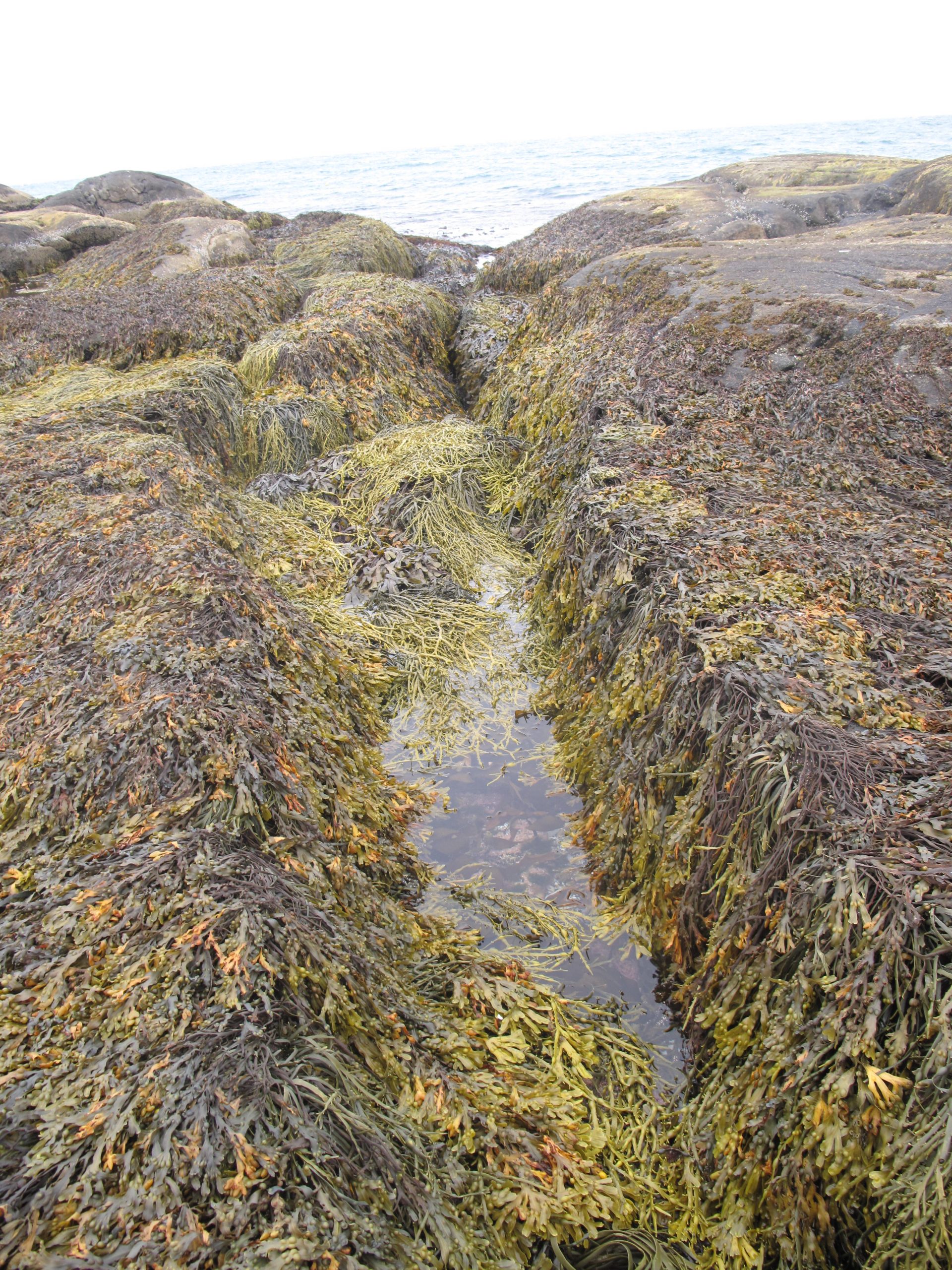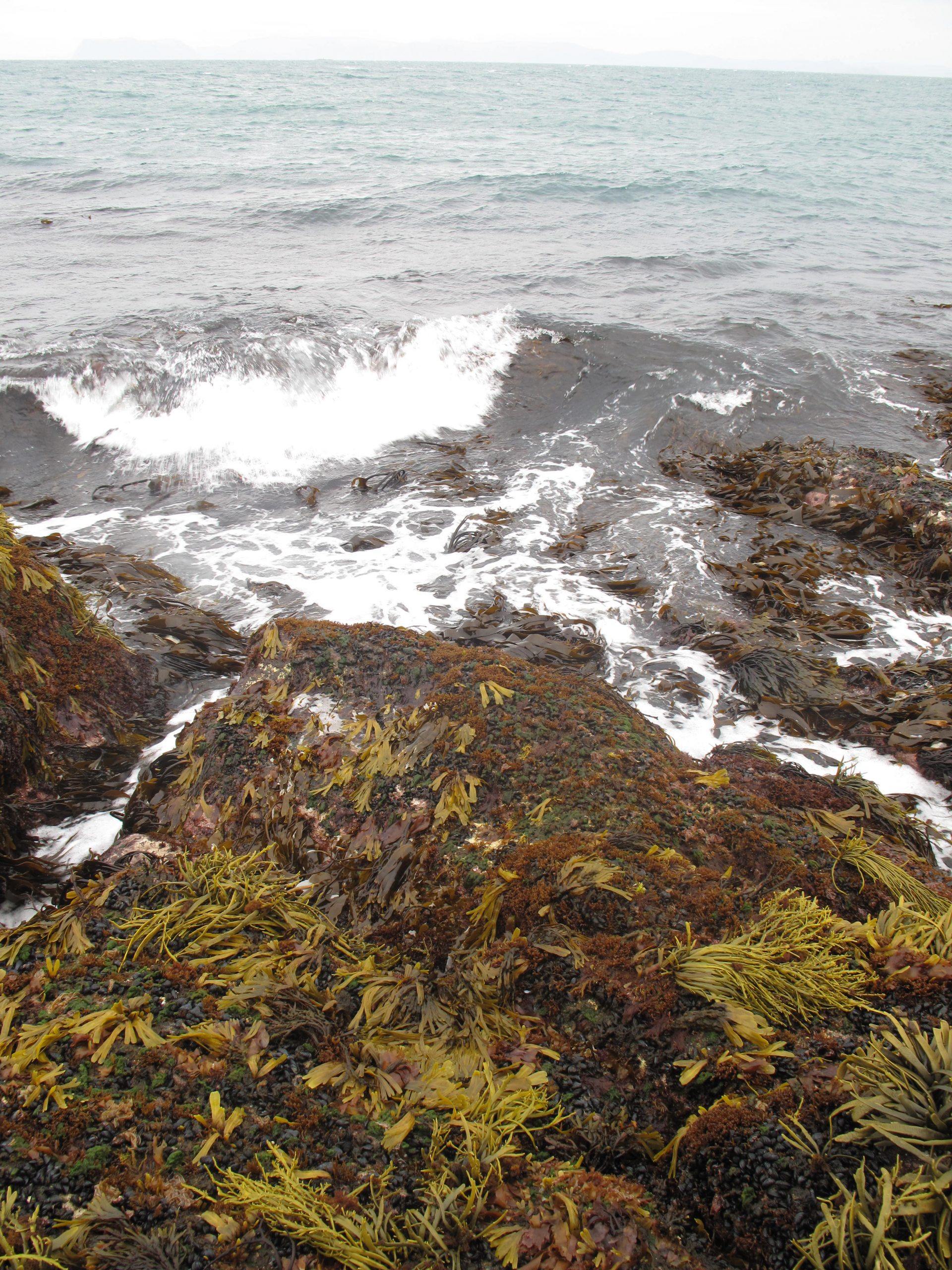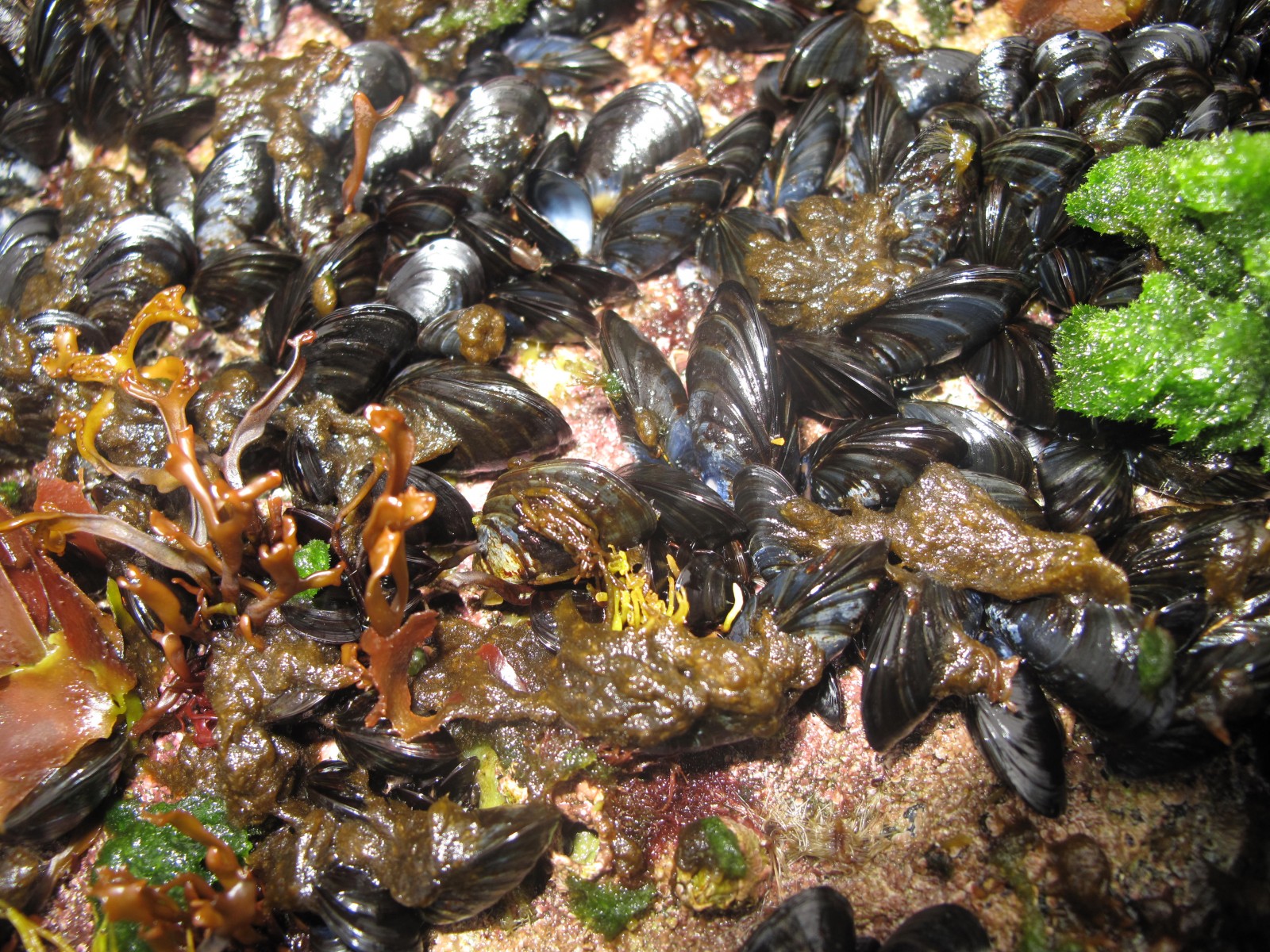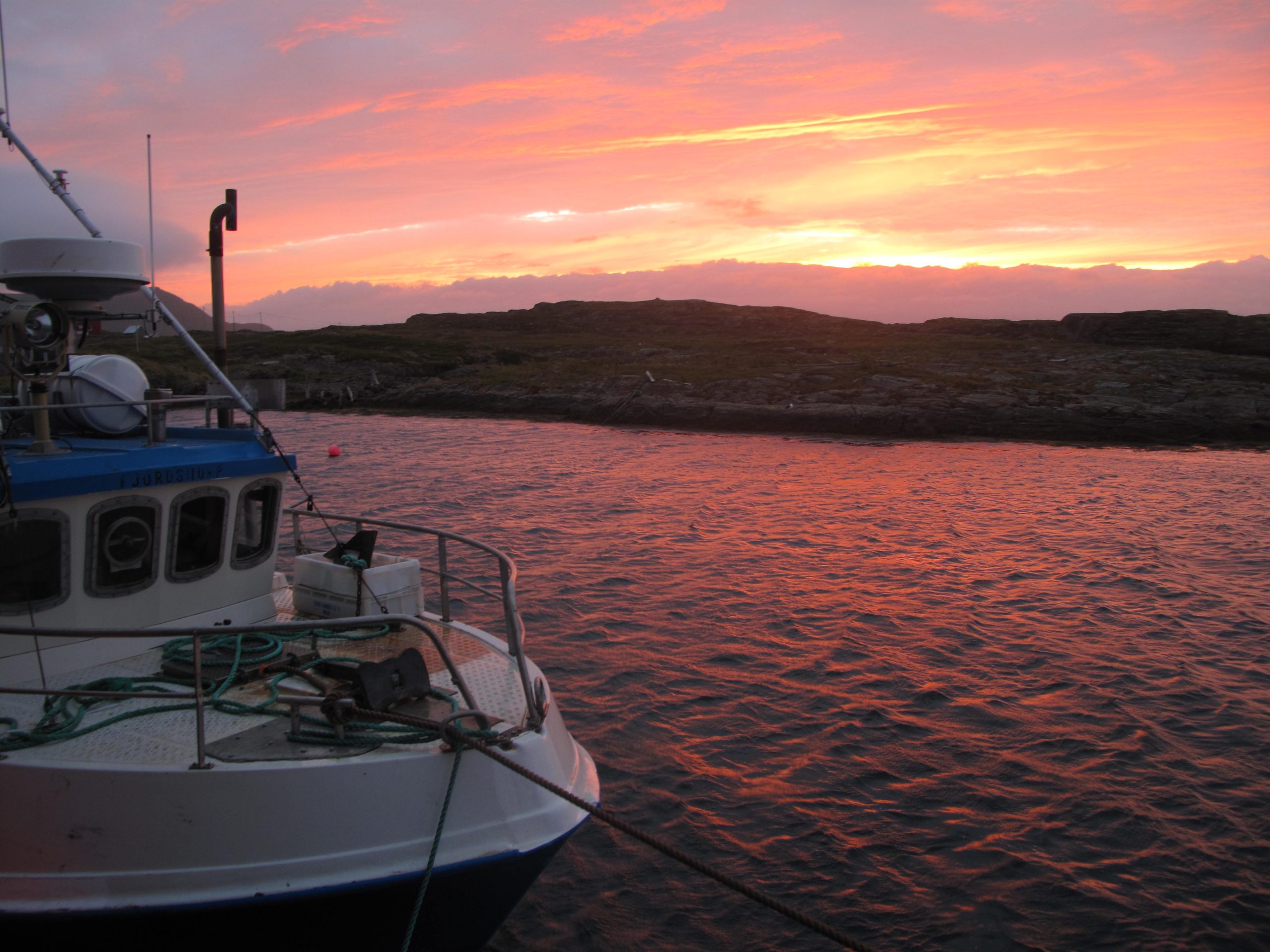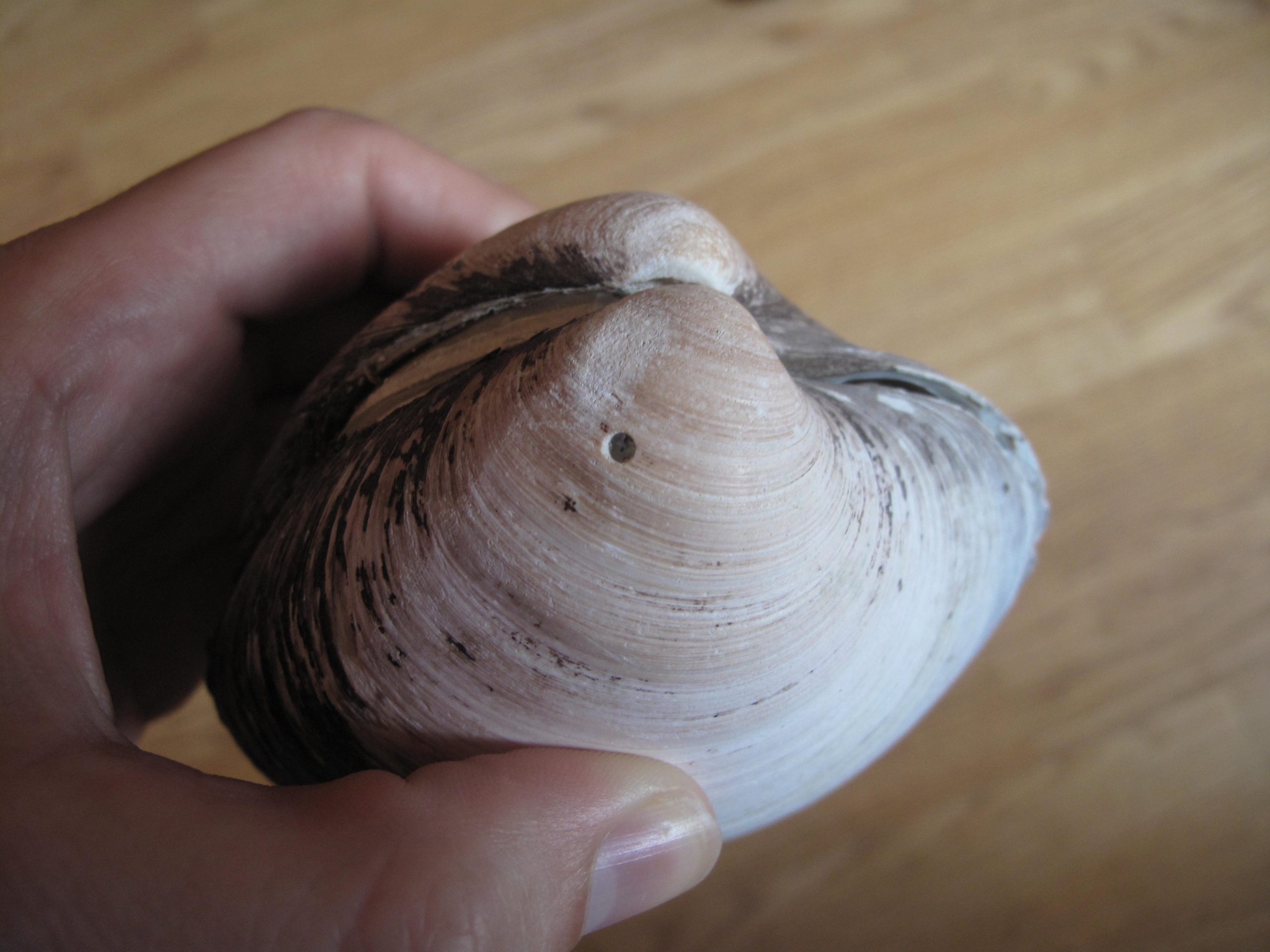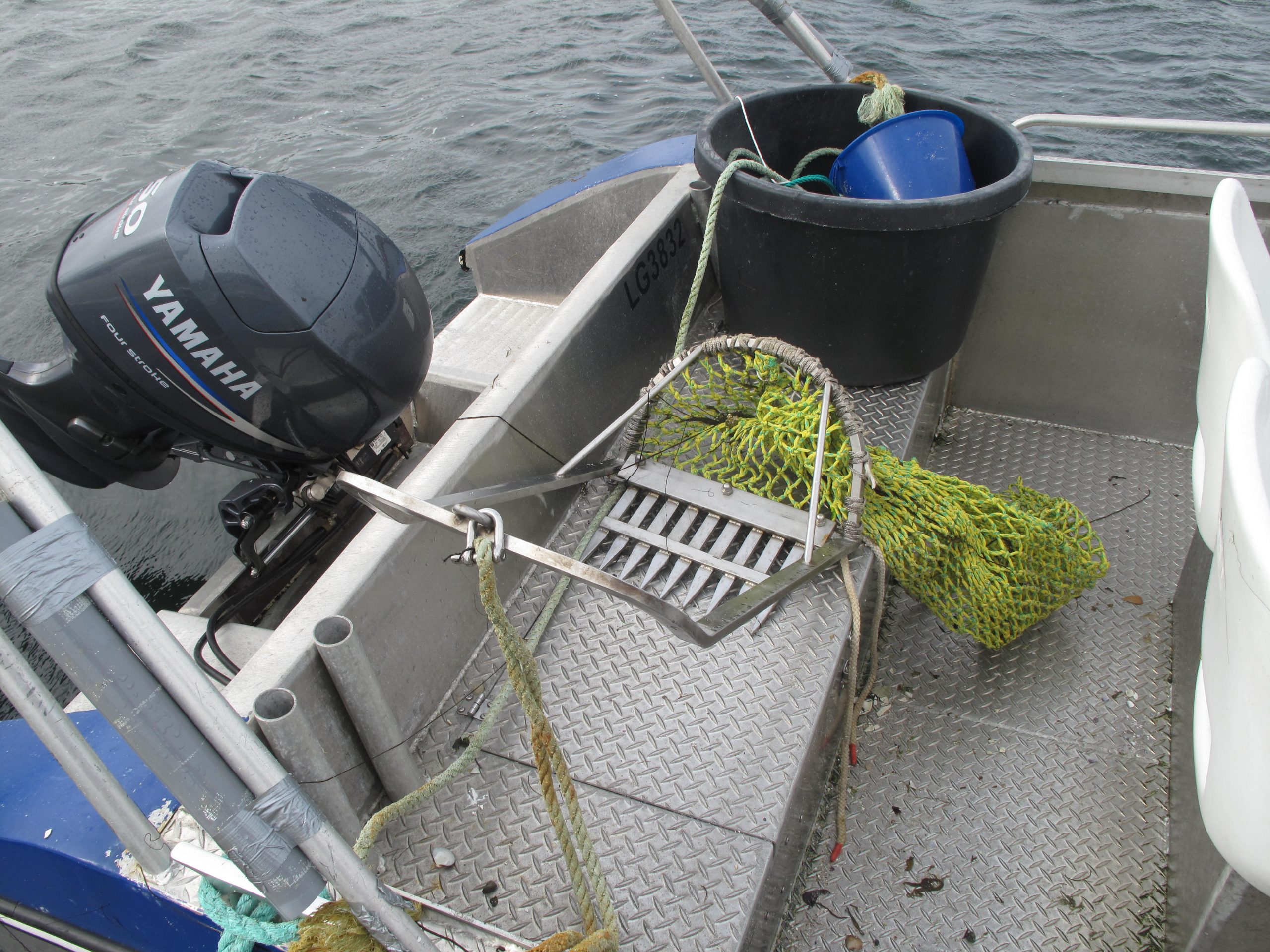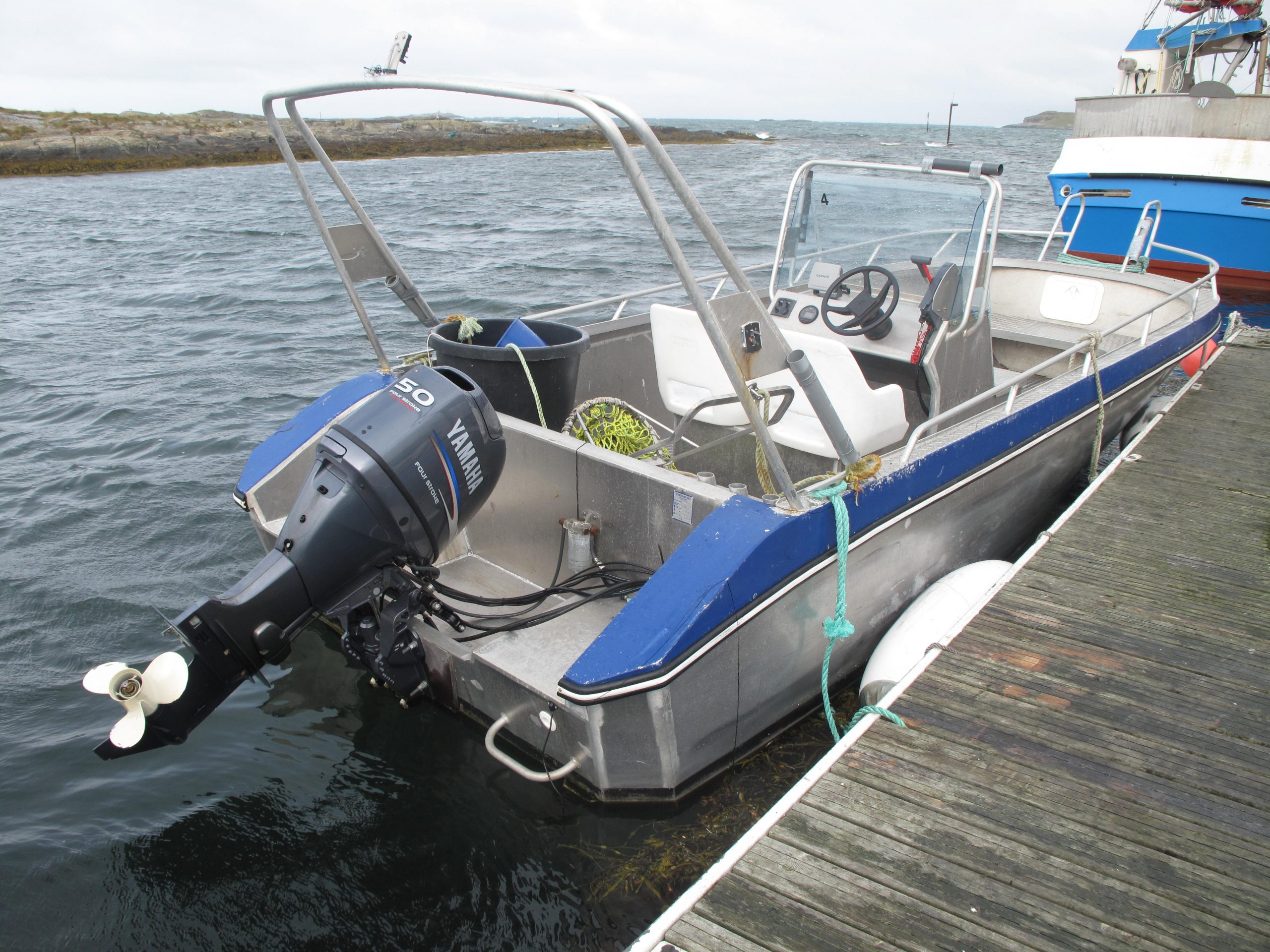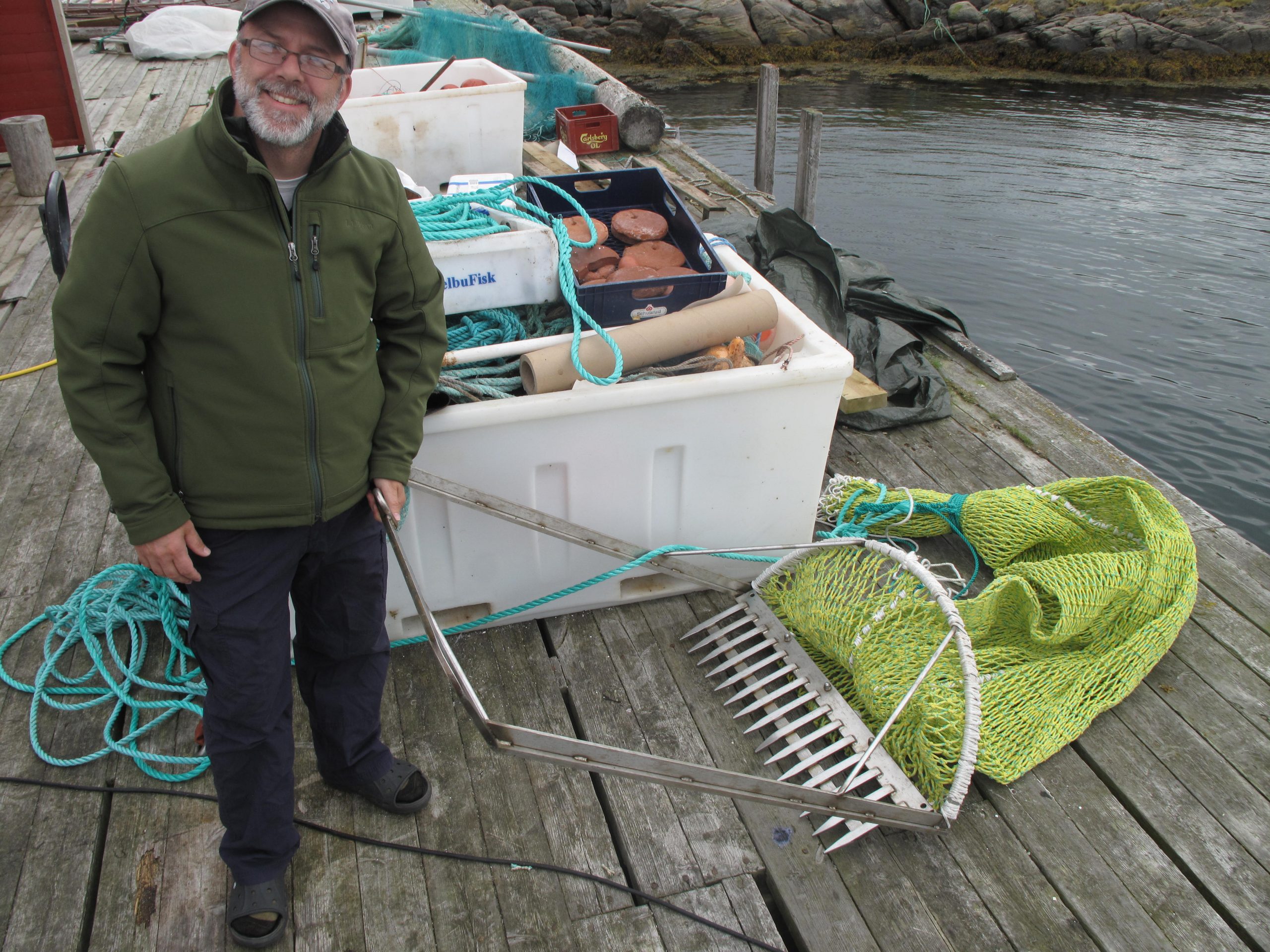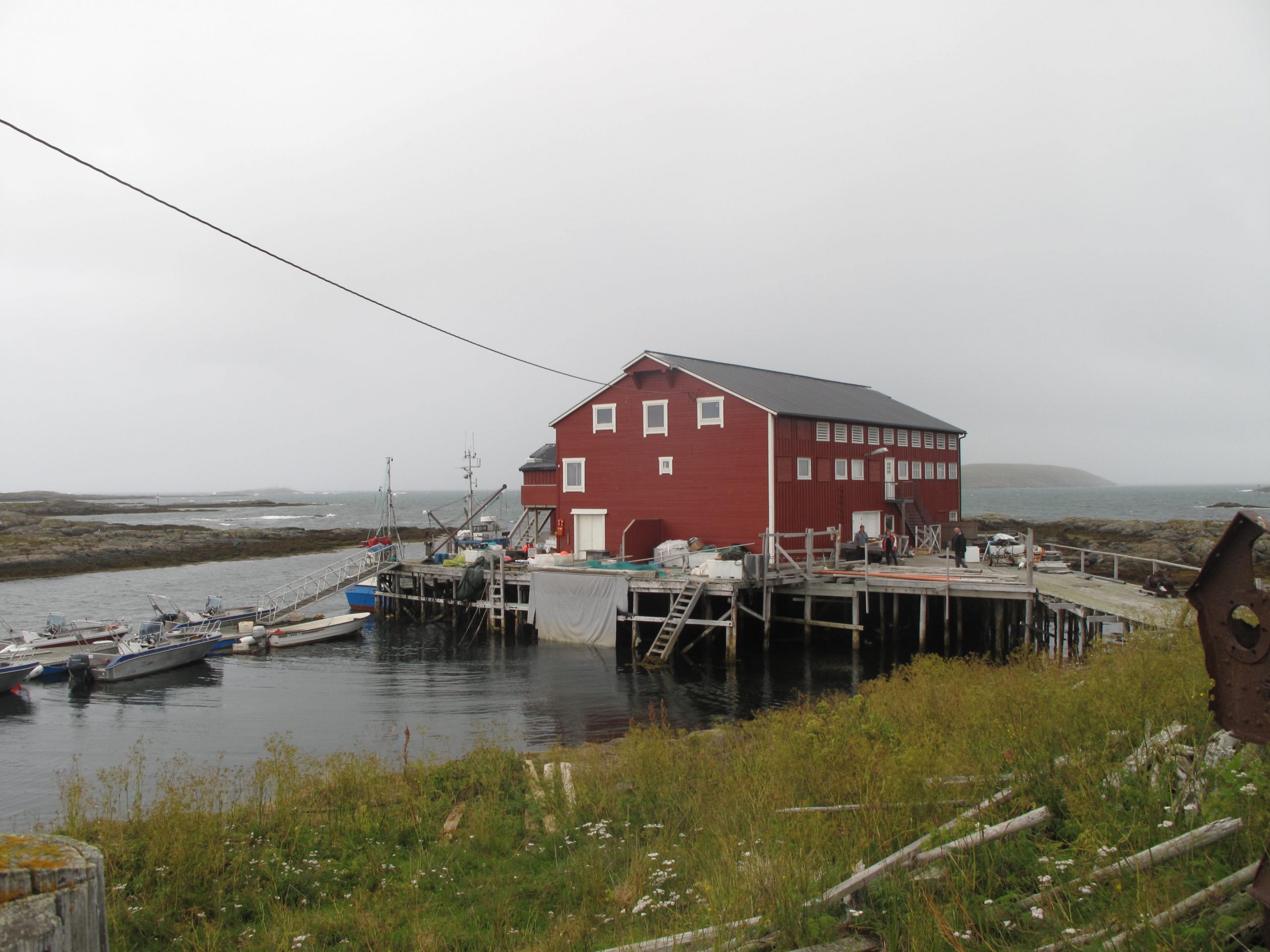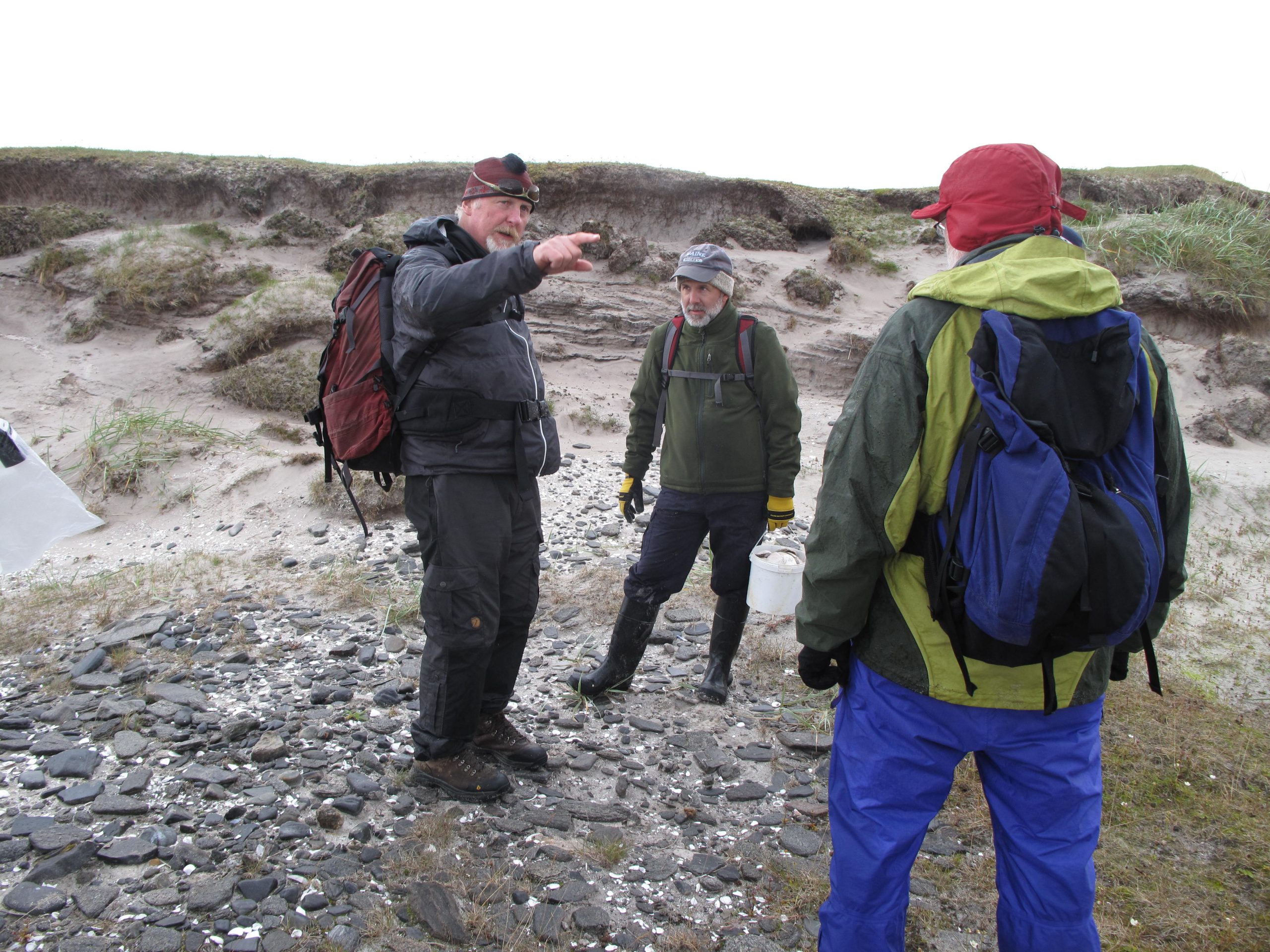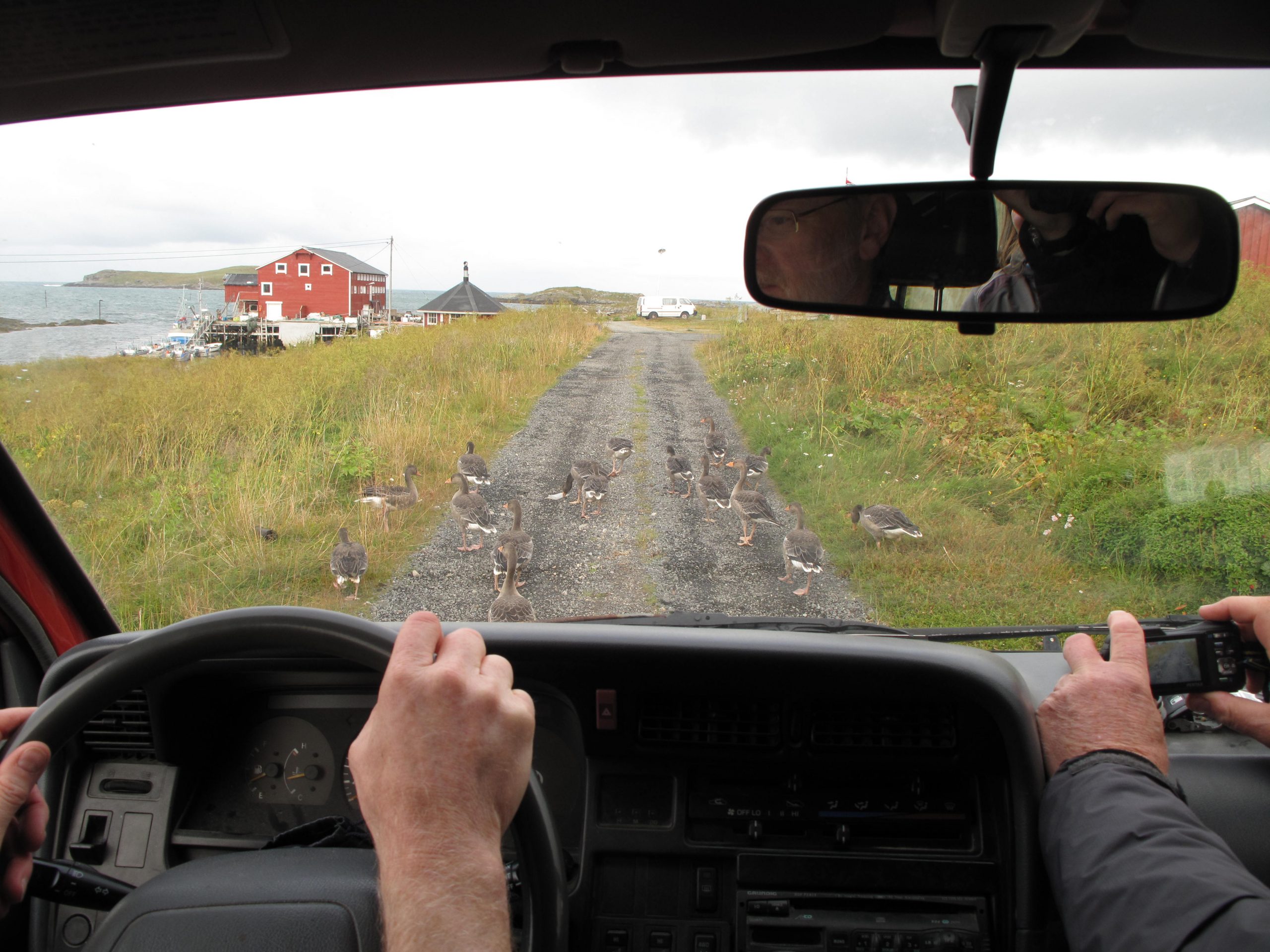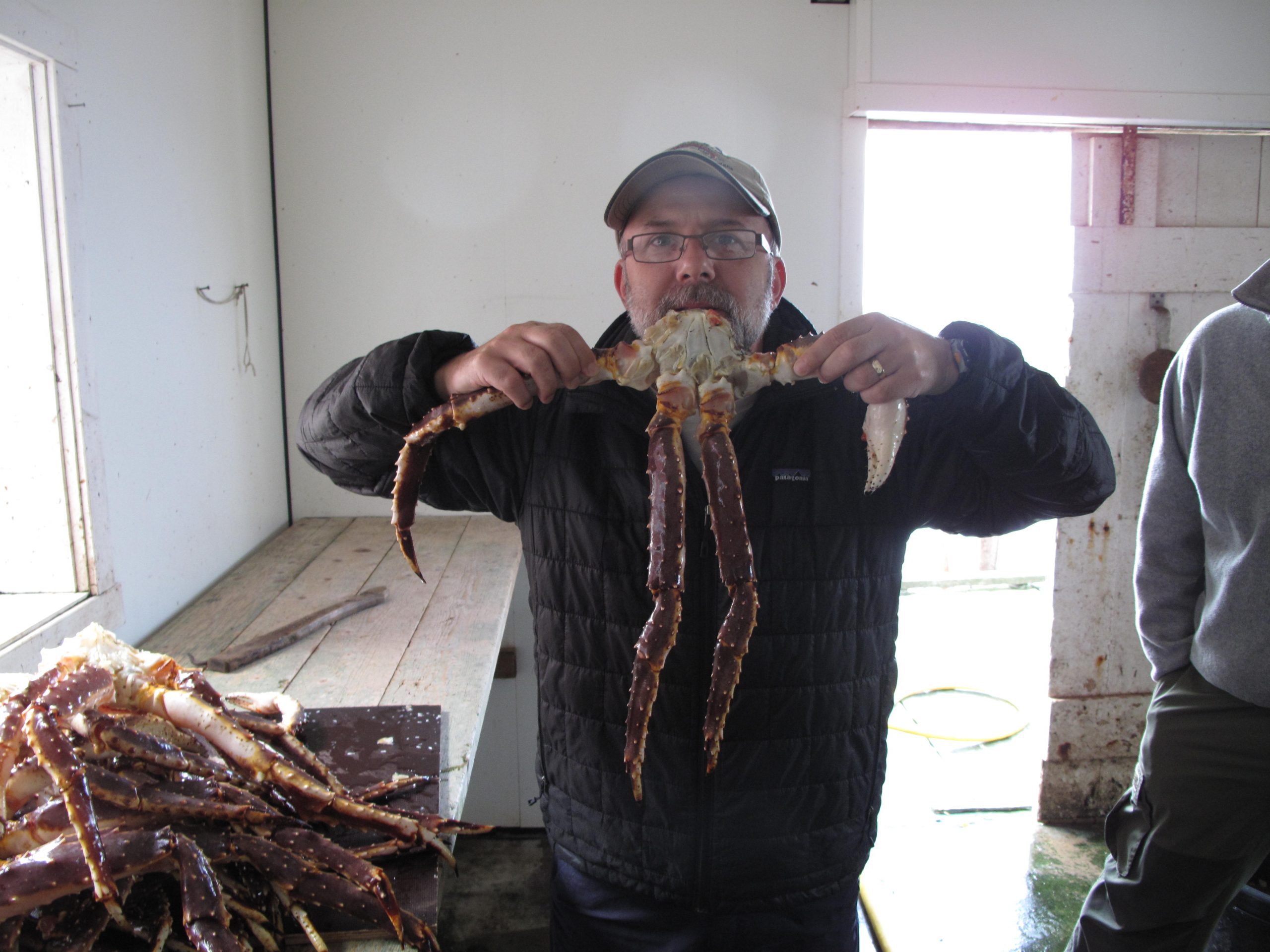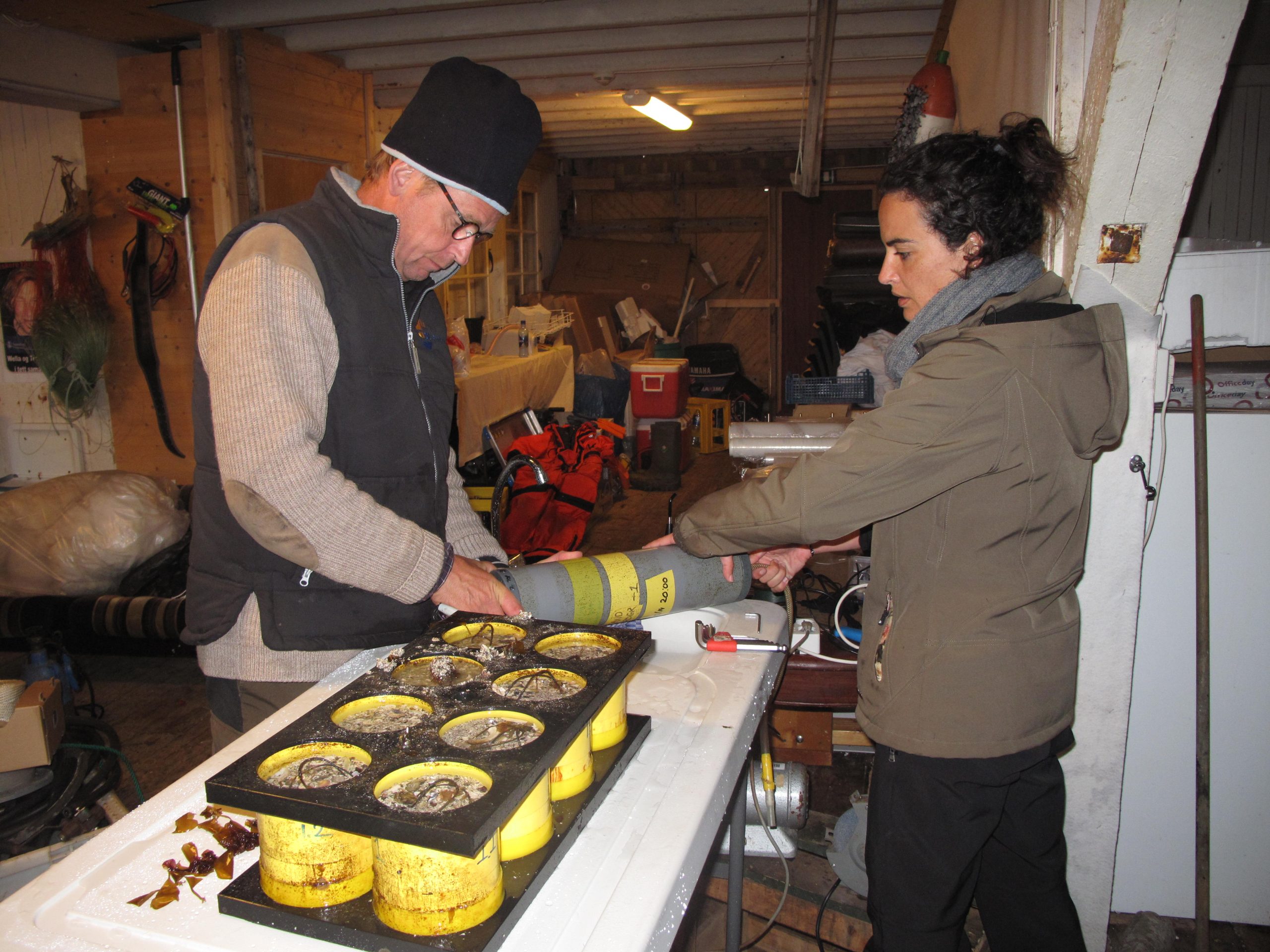
Strong winds kept us out of the boats today (Wednesday). The day was not wasted, however, as there was plenty of work to do on land. Rob and Irene worked on servicing the benthic lander. The lander contains an array of clams connected to gaping sensors to monitor their activity, as well as a myriad of environmental data loggers. Rob and Irene downloaded data from their instruments, measured shell growth on the lander clams, and replaced a few clams with younger individuals. Younger clams are preferred because they grow faster – shell growth will be easier to measure in the future.
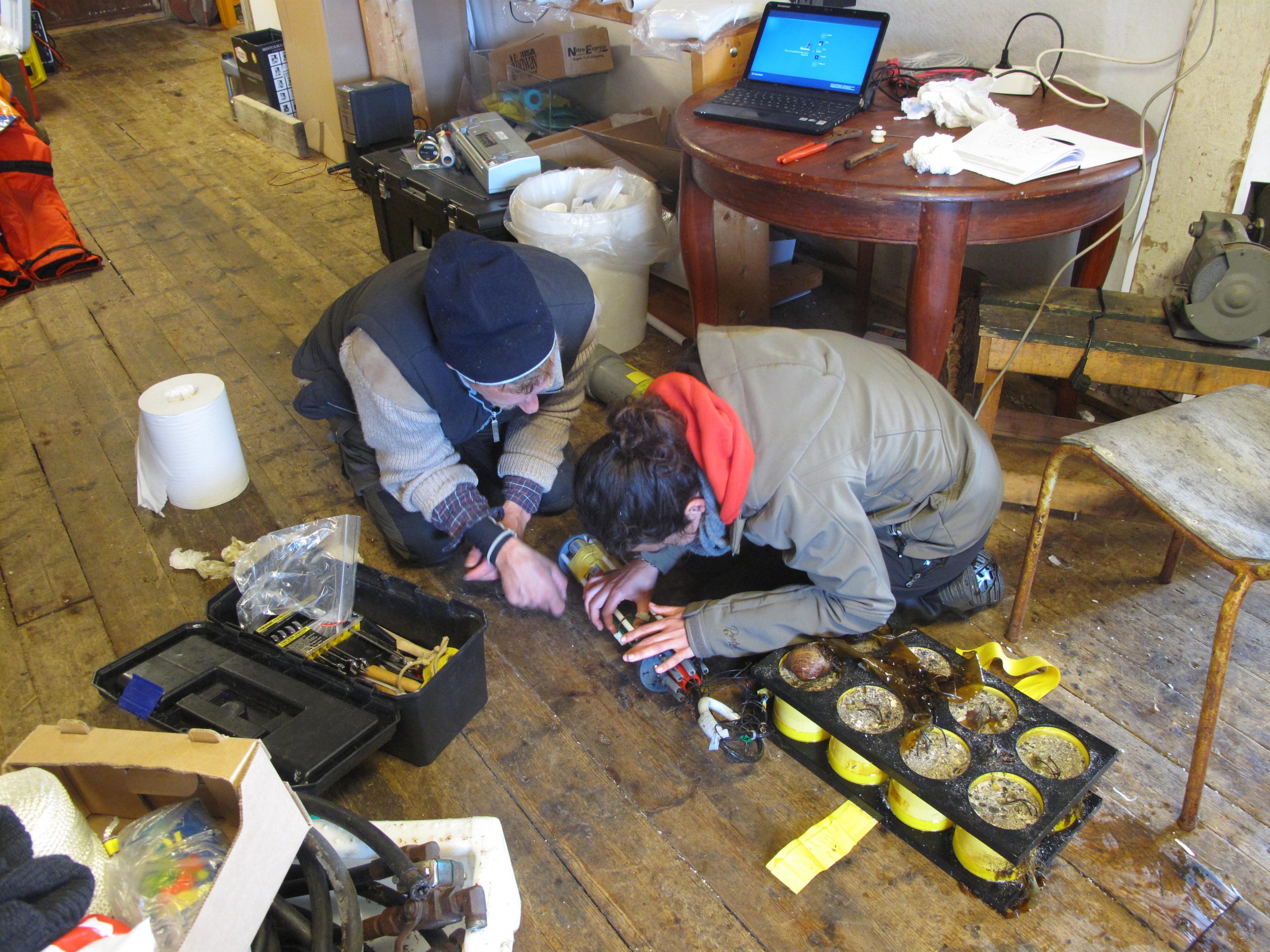
Meanwhile, Will, Al, Mike, Julie, Maddie, Aubrey, Dan, and Randall piled into a van and drove to the beach where Mike and Julie had done reconnaissance the day before. The primary goal was to collect clams from the beach face which might cross-date into the modern chronology. When we reached the beach, we discovered the strong winds and waves had piled up all the shells into nice little deposits – perfect for sorting through. It was a gold mine! We selectively collected the largest, thickest, best preserved shells with the most potential for long, clean records of shell growth.
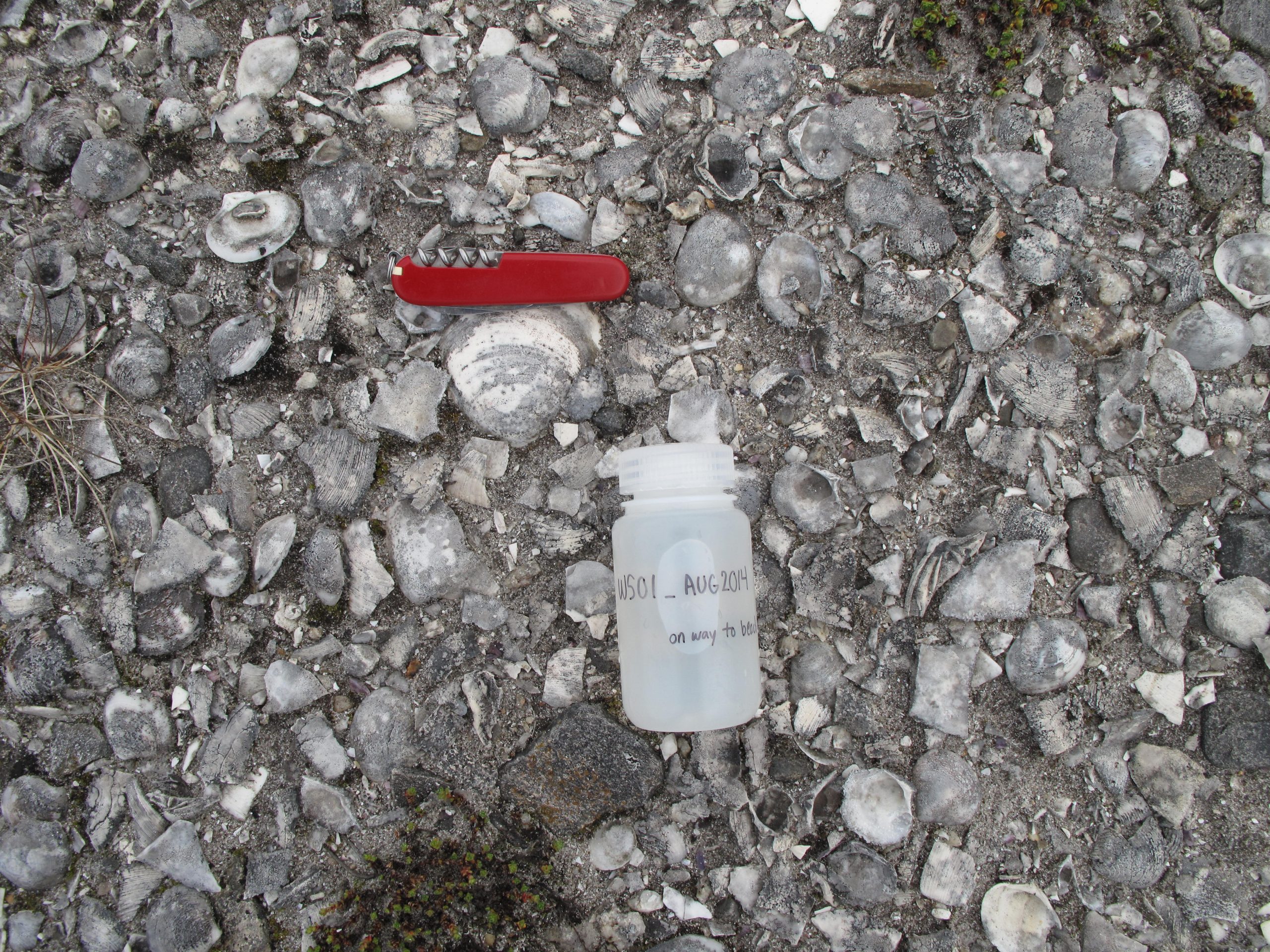
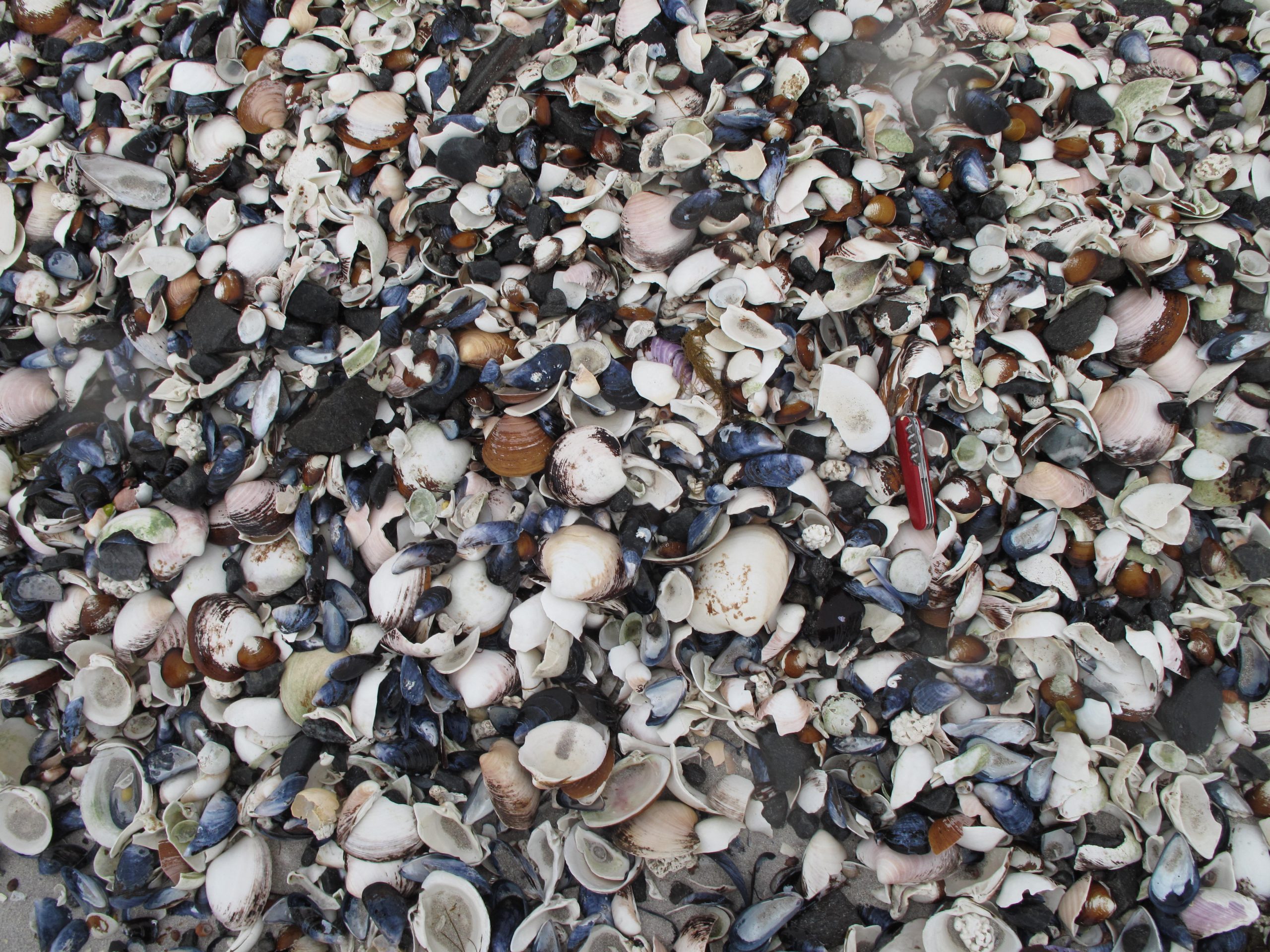
The shear number of A. islandica shells found washed up on the beach is just one indicator of the healthy population just offshore. On the walk back to the van, Mike toured us through the terraces, storm deposits, lag deposits, and blowout features present above the beach.
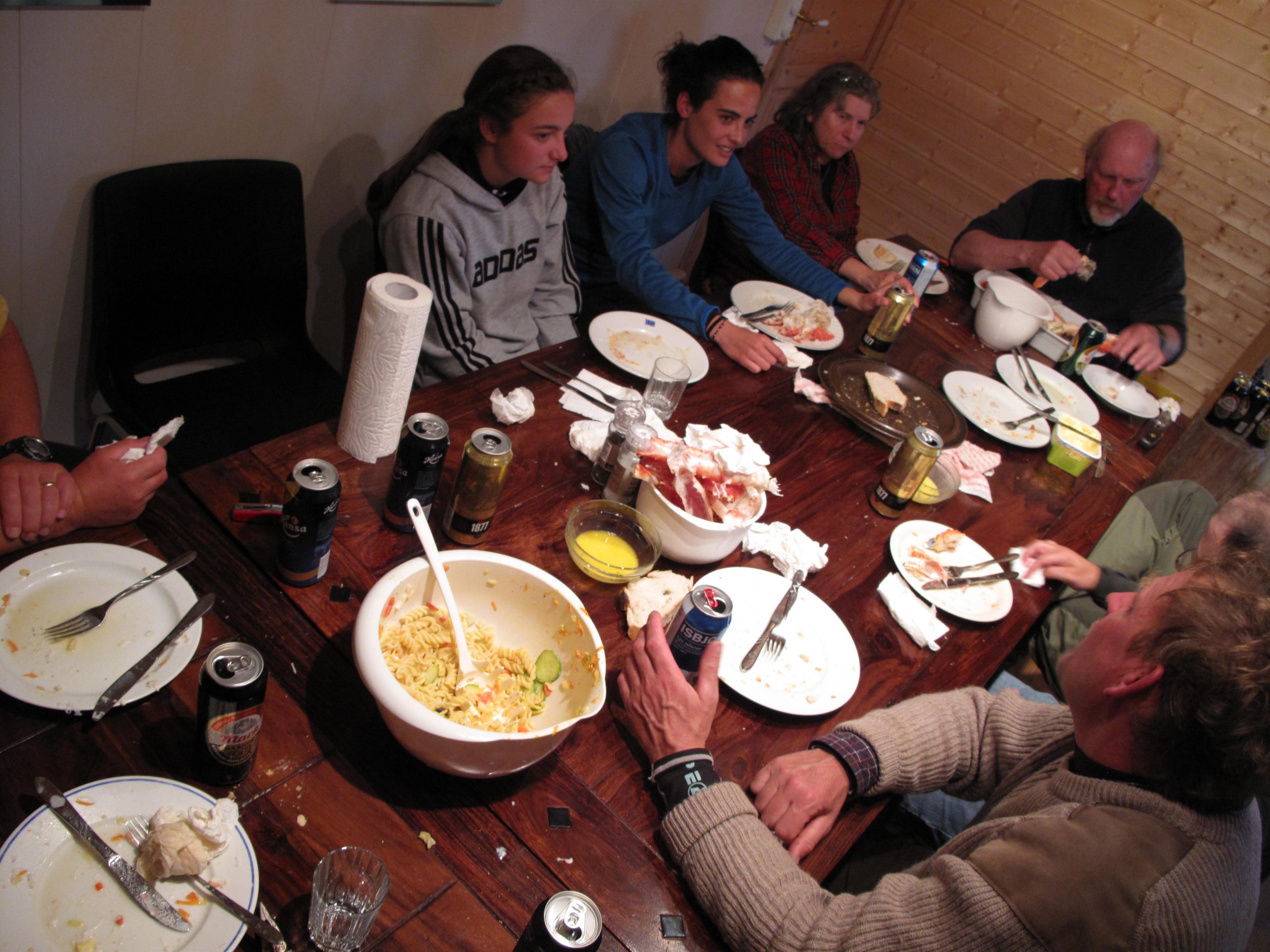
Upon returning to camp, Thorleif suprised us with some king crab caught on the eastern side of Nordkapp. “Kong Krabb” were introduced there and are now an invasive species. The crab fisheries west of Nordkapp is unlimited, in an attempt to limit the spread.
